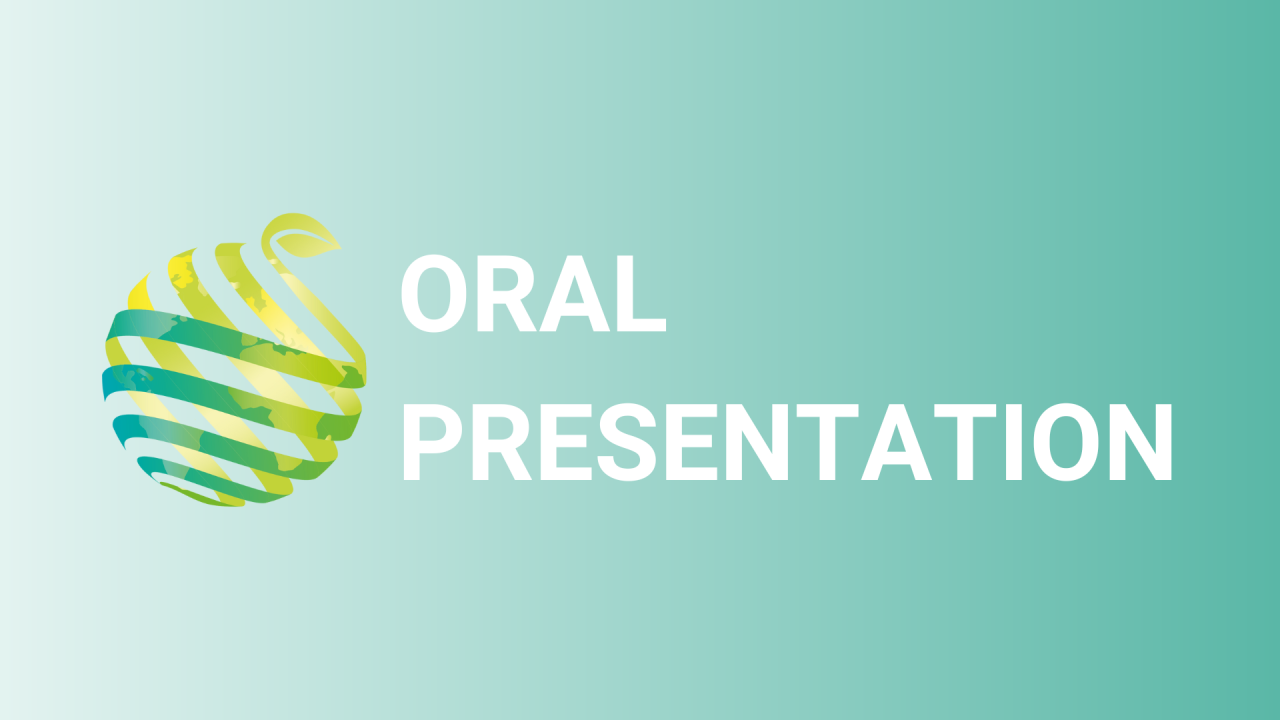

S13 - Session O3 - Improving fruit nitrogen content and fruit skin background colour retention in ‘Conference’ pear
Information
Authors: Bart Vanhoutte *, Bjorn Rombouts, Ann Gomand, Stephan Vandenwijngaert, Jef Vercammen, Sofie Reynaert, Jonas Verellen, Pieter Janssens, Ben Colpaert, Kathy Steppe, Pascal Boeckx, Dany Bylemans, Serge Remy
Green fruit skin background colour is a key quality attribute of 'Conference' pear. Fruits that develop a yellow background colour during long-term storage incur a price penality. Fruit nitrogen (N) content at harvest is a major factor in colour retention, with a threshold of minimum 0.50 mg N per gram fresh weight currently considered to be adequate for long-term storage. However, substantial spatial and seasonal differences in fruit N content can occur in a single orchard. This 4-year study in irrigated, non-irrigated and fertigated orchards on a total of over 250 plots further explores the relation between N application method/scheduling, fruit mineral composition and green colour/peel chlorophyll retention during storage. While fruit N content has a highly significant effect on colour retention, actual predictive modelling of colour retention based on fruit mineral composition and standard quality assessments available at harvest (fruit firmness, Brix value and starch index) is too inaccurate for practical purposes. As such, a 'N treshold' approach remains the most sound approach to asses the risk of poor fruit skin background colour retention. The saturation-curve type relation between fruit N content and fruit skin background colour allows for improved use of this approach in planning long-term storage. Low fruit N content often coincides with general low fruit mineral content, low vegetative growth, high numbers of flower clusters and fruits per tree, small fruit size and local soil conditions limiting water and nutrient uptake. Breaking this repeating cycle is necessary in affected orchard zones. On the nutrient application level, ensuring adequate N availability during the fruit cell division and shoot growth phases, both trough adjusting nutrient application timing and avoiding drought interfering with fertiliser uptake, is key as shown in multi-orchard trials.